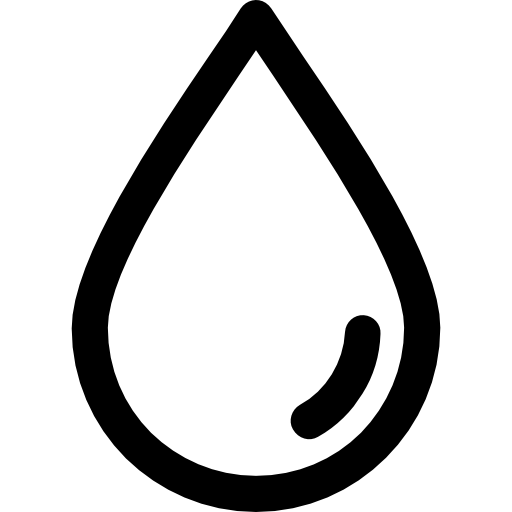
Small progress is still progress—embrace the journey of forming new habits.


.png)


Plaque and teeth staining are related in the sense that plaque buildup on teeth can contribute to the development of stains. Let's look at each of them individually:
So, while plaque itself is not directly responsible for all types of teeth stains, it can create an environment where staining substances can adhere to the teeth, making them more susceptible to discoloration. Maintaining good oral hygiene practices, such as regular brushing, flossing, and professional dental cleanings, can help prevent plaque buildup and reduce the likelihood of teeth staining.
Plaque can inhibit the effectiveness of teeth-whitening products. Plaque is a sticky biofilm that forms on the teeth and contains bacteria. It can create a barrier between the whitening agent and the tooth enamel, preventing the whitening agent from making direct contact with the surface of the teeth.
When you apply a teeth-whitening product, such as whitening strips, gels, or trays, it's important to have clean teeth to achieve the best results. Plaque buildup can interfere with the whitening process by blocking the whitening agent from reaching the tooth surface and effectively removing stains.
When plaque accumulates on the teeth, it creates a rough surface that can easily attract and hold onto pigments from staining substances like red wine. The tannins and chromogens found in red wine can bind to the plaque and tooth enamel, leading to noticeable stains on the teeth.
To minimize the risk of tooth stain, it's important to practice good oral hygiene by brushing and flossing (and/or cleaning between your teeth) regularly. Additionally, rinsing your mouth with water after consuming tooth-staining foods and beverages can help wash away some of the pigments and reduce the immediate staining effects. However, it's worth noting that professional dental cleanings may be necessary to remove existing stains, as they can become deeply embedded in the enamel and require more advanced cleaning methods.